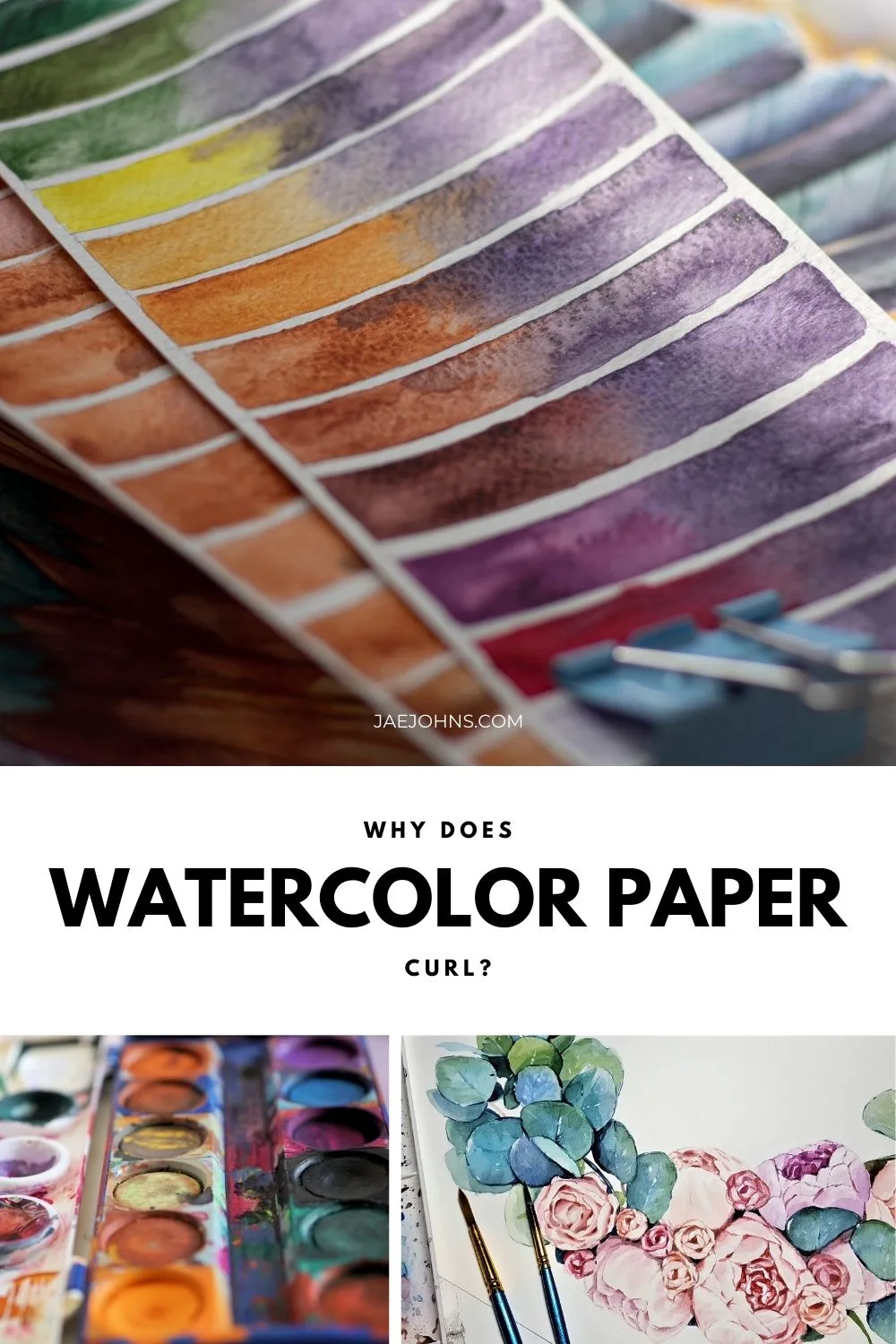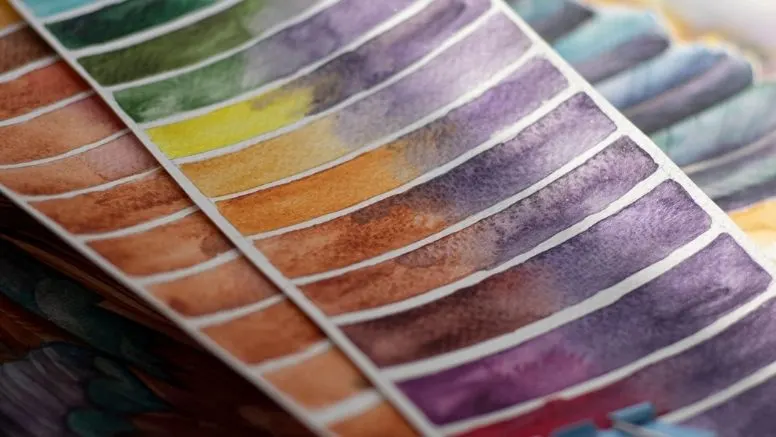Watercolor painting is a method that professionals and novice artists adore.
To be able to create beautiful and perfect paintings, you do not only require suitable quality paints but also necessitate the best watercolor papers.
These papers play an imperative role in painting, permitting the artists to craft their sketches and enhance their artworks. One of the most significant issues faced by watercolor painters is the paper curl.
Let’s find out why the watercolor paper curls and how you can prevent it.
Watercolor paper artist’s biggest frustration comes from the paper curl or buckling. After hours of slaving over a piece of art, if the paper starts to buckle, then all the hard work can go to waste. Several methods can be used to prevent paper curl. Stretching the watercolor paper is one of the most prevalent methods. Moreover, you can also flatten the paper to ensure the creation of a beautiful painting.
Other related topics to help you with watercolors:
- Dull Watercolor Painting (Avoid This Mistake)
- How Long Does it Take Watercolor Paintings to Dry?
- 11 Best Watercolor Brushes
- The Best Ways to Make Watercolor Darker
- Pros and Cons of Different Watercolor Texture Papers

Why is my watercolor paper curling?
Watercolor paintings can be attractive works of art or a fun art project with children.
However, as you put on the watercolor paint, it can lead your paper to buckle and bend.
Luckily, you can effortlessly prevent paper curl. So why does the watercolor paper curl?
The watercolor paper curls because the fibers expand when they enthrall the water.
The excess amount of water in the paper causes paper curl and can invite disasters.
It is particularly true when working with children because the activity can get messy quickly.
You must opt for a watercolor paper designed to be more absorbent so that the paper doesn’t curl while painting.
Methods you can do to prevent the watercolor paper from curling
The initial step is to keep it in a dry and cool area to avoid moisture accumulation.
Another method to reduce humidity is to fan the watercolor paper before painting on it.
Fanning the paper will decrease the amount of static between the sheets and make it more breathable.
One of the best techniques to prevent paper curl is to stretch the paper.
You can do this by soaking the paper in the tub for around 20 minutes.
Take the wet paper and staple it to a hard surface.
When the paper dries, the fibers will not shrink back to their original size. It allows you to paint on the paper with minor buckling.
An additional fool-proof method to prevent watercolor paper curling is to work on a watercolor block.
It is a pad of watercolor paper with all the sides glued in place.
All the sheets here are stretched, enabling you to preserve smoothness.
A relatively new method is the watercolor board. In this, you can utilize highly liquid washes without having to worry about disasters.
Do you have to stretch watercolor paper?
Yes! Watercolor paper is known for buckling or curling when it comes in contact with water.
Watercolors are a form of liquid, and the paper starts to bend as soon as the paint is applied.
If you plan to utilize a lot of water in your painting, it is imperative to stretch the paper before beginning.
It will prevent the paper from cocking. It is where the sheet crinkles and creates ridges that are almost difficult to remove.
Suppose you are working on heavy-duty watercolor paper and do not aim to utilize large washes or consume acrylic or gouache.
In that case, it is not that important to stretch the watercolor paper.
Nevertheless, the benefit of extending your watercolor paper is the liberty to use as much water as you require and whenever you need it.
If you didn’t stretch the paper long enough, then you risk your painting from reaching perfection.
How can you flatten watercolor paper after painting?
If you haven’t started to paint on watercolor paper, soaking it in water is the best technique.
However, the tricky part is paper curling after you have created the painting on it.
There are two methods of flattening your watercolor piece.
Both approaches utilize a tactic that will not impact the front painted picture.
You need to be super careful if water-soluble paint was utilized because the paint can be dissolved.
APPROACH A:
Mist the back of the watercolor paper with water utilizing a fine mist.
You can also do this through a damp sponge.
Make sure that the back is not over wet. Put copy or sketch paper in a clean place.
The sketch paper must be more significant than the painted paper. Keep the painting image side down.
Cover it with a towel.
Place the painting image-side down on the sketch paper.
Cover with another sheet of sketch paper or a towel.
Put a board over the newsprint and place weights on top.
Remove the weight every 2 hours and substitute damp sketch paper with dry sketch paper.
Repeat for around 4-6 cycles. Leave 24-72 hours until the paper is completely dry.
APPROACH B:
The second approach is a powerful solution that utilizes heat (an iron) with water to relax the paper fibers.
It is recommended to test it on a different paper before.
Mist the back of the watercolor paper and place the sketch paper down on a clean floor.
Cover the paper with a towel and utilize iron to gently rub over the surface.
It will allow for paper fibers to relax. Eradicate the towel and substitute it with a fresh piece of paper over the painting.
Put weights and check after every 2 hours.
Repeat the process till the watercolor paper is completely dry.
Conclusion
Watercolor paper tends to curl when it comes in contact with water because the fibers contract.
This article explains why it curls and methods that can be utilized to prevent the buckling from ruining your painting.
Stretching is a standard method done by soaking the paper in water and placing it on a board to dry.
Flattening the sheet is also explained if you already painted it.

